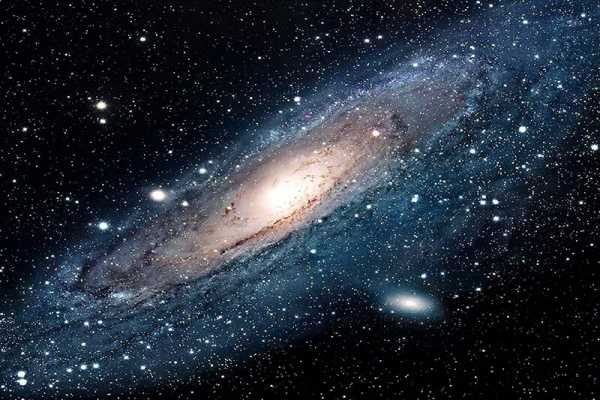
It has been found by an international team of researchers that a stellar system listed as a globular cluster for the 40-odd years following its detection, in fact, has properties that are unique for a globular cluster that make it the perfect candidate for a ‘living fossil’ from the early days of the Milky Way.The group or the cluster is known as Terzan 5, and it is 19,000 light-years from Earth. The study says that it harbours the stars of hugely different ages, an age-gap of approximately seven billion years and bonds the gap in understanding between our galaxy’s present and its past.Francesco Ferraro who is the lead author of the study and from the University of Bologna, Italy, stated that such galactic fossils enable the astronomers to reconstruct a major piece of the history of our Milky Way.
–

–
While the features of Terzan 5 are uncommon for a globular cluster, they are comparable to the stellar population which can be seen in the galactic bulge, the tightly packed central region of the Milky Way.
These connections could make Terzan 5 a fossilised relic of galaxy formation, which represents one of the oldest building blocks of the Milky Way.Ferraro said that Terzan 5 could represent a fascinating link between the local and the distant Universe, a vestigial witness of the Galactic bulge assembly process.The team sought data from the Wide Field Camera 3 on board Hubble and the Advanced Camera for Surveys, as well as from a series of other ground-based telescopes. They also found compelling proof that there are two separate sets of stars in Terzan 5, which varies not only in the elements they hold but have an age-gap of approximately seven billion years.The ages of the two populations signify that the process of star formation in Terzan 5 was not continuous, but it was dominated by two separate bursts of star formation.
Davide Massari from National Institute for Astrophysics (INAF), Italy, who is the co-author of the study said that this needs the Terzan 5 ancestor to have huge amounts of gas for the second generation of stars and to be massive. Approximately 100 million times the mass of the Sun.The study, which was issued in the Astrophysical Journal, says that Terzan 5 the ideal candidate for a ‘living fossil’ from the early days of the Milky Way because of its unique properties.Terzan 5 somehow managed to survive being disrupted for billions of years and has been maintained as a relic of the distant past of the Milky Way.The researchers assume that this finding paves the way for a better and more comprehensive understanding of galaxy assembly.